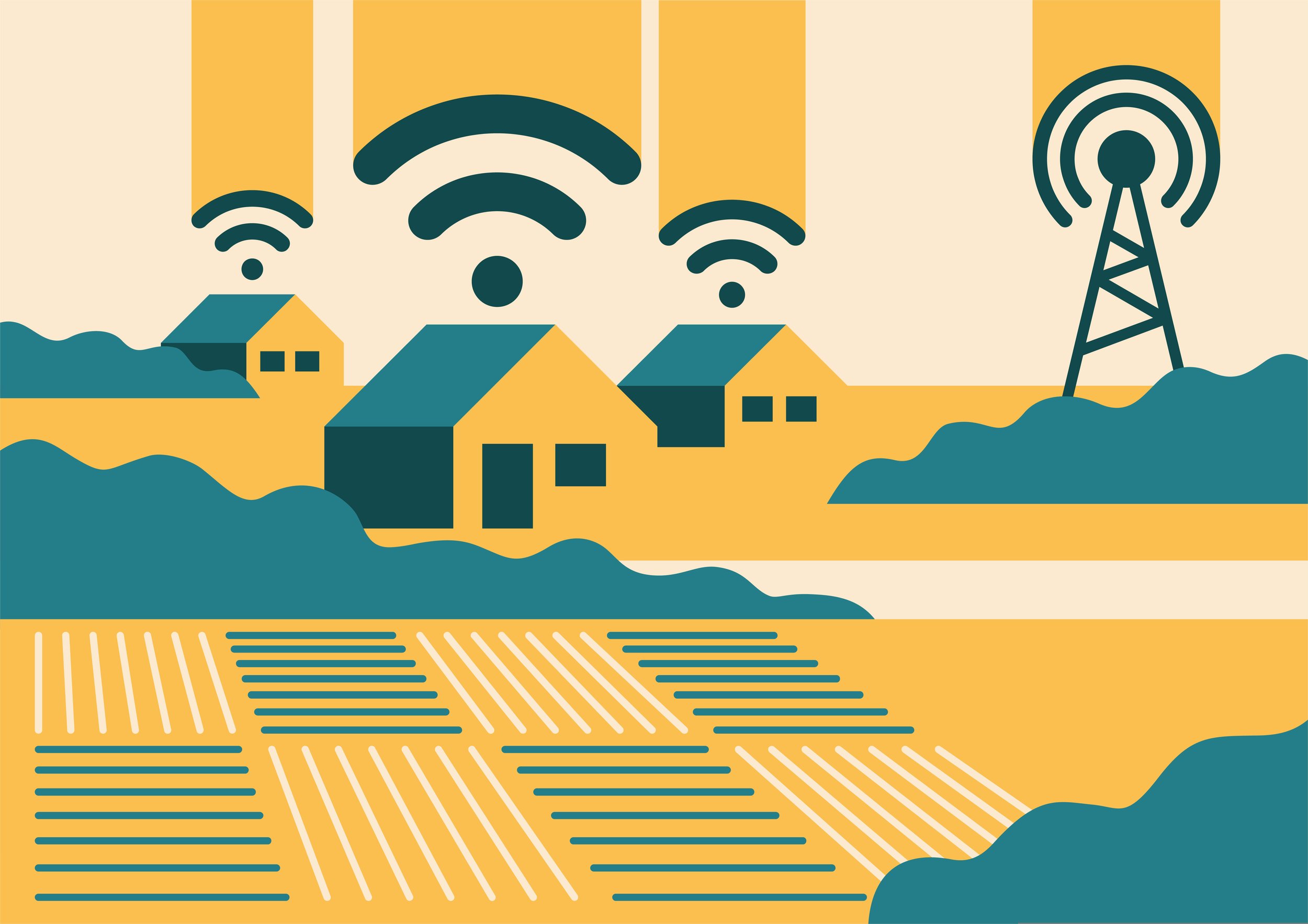How Closing the Digital Divide Benefits Everyone - Not Just the Unconnected
As the digital divide prohibits people across the country from accessing the internet, large public institutions–like schools, hospitals, and governments—which have a responsibility to make their essential services universally accessible, can’t fully integrate internet-based technologies without excluding disconnected communities. The stakes of this exclusion are high: Without leveraging the full benefits of technology, services become limited, less effective, and less efficient. This affects everyone, even the fully connected.
To dive into this, Common Sense and Boston Consulting Group collaborated to create a new report on the institutional case for closing the digital divide. In advance of the release of their new report, the two organizations hosted “How Closing the Digital Divide Benefits Everyone - Not Just the Unconnected,” a webinar that brought together experts across sectors to discuss their experiences of improving access across the nation. Through tactical guidance for how to think about connectivity, plus stories and best practices for getting the most out of the funds available, experts across health care, workplace, government, and education sectors spoke to innovative ways institutions can help close the digital divide to the benefit of all.
The speakers included: Amina Fazlullah, Senior Director of Equity Policy at Common Sense; Hannah Hill from BCG; Ji Soon Song, Digital Equity Advisor in the Office of Education Technology within the US. Department of Education; Chris Turner, Chief Information Officer for Washoe County School District; Tammy Breski, Program Manager for Virginia Telecommunication Initiative; and Julie Reeder, Senior Research Analyst at Oregon WIC program.
Specifically, the report focuses on the economic case for broadband access across different sectors and essential institutions, including education, healthcare, employment, and government services. It digs into understanding what happens if communities are unable to have ubiquitous access to affordable broadband, and what that means for education services. The second section starts to drill down on the details of infrastructure needs. What are the strengths and drawbacks of different types of broadband infrastructure, like fiber or cable versus fixed wireless?
The panel highlighted some key efforts organizations are taking in the fight to close the digital divide. Here are some key takeaways:
Closing the digital divide benefits not just students, but whole households.
We know that students who lack internet access at home have more difficulty with academic achievement than their connected peers, and this can affect secondary success and workforce readiness. Both of these outcomes can have effects not only on students’ parents and caregivers, but future generations as well: “We're seeing that with a reliable high-speed Internet, parents and caregivers can engage in whole learner approaches like social emotional supports, parent educator engagement opportunities, telehealth and mental health services, and wraparounds supports as well,” explains Song.
Plus, more than half of adult learners had to make new purchases during the pandemic just to participate in online learning, and Hispanic/LatinX and Black adult learners more often faced connectivity issues. “A significant portion of adult learners shared devices within their household or completed coursework on a smartphone because they didn't have access to a permanent device. So we can clearly see from the research from all these stories, that although the impact of the Digital Divide on K-12 students became sort of illuminated during the pandemic, other members of the household, including parents, caregivers, and adult learners, are greatly impacted as well.”
Communities needed broad support.
Establishing internet access was a high priority during the pandemic, but it wasn’t the only thing that was needed. In Nevada, surveys indicated a need for a dedicated family tech support position within the Washoe County School District. Three years later, that position remains important, fulfilling over five hundred support requests per year.
And even though in-person learning is generally restored, Washoe's Chief Information Officer notes there is still a great need with over five hundred hotspots still out on loan to families, indicating that hotspots aren’t a permanent solution. They’re working across sectors to build out fiber projects that will connect all the schools and “benefit the neighborhoods through which that fiber is being installed, so that will allow our community members increased access to broadband connectivity, which is what we consider an essential household utility,” says Turner.
What’s the role of offline learning in a future connected state?
Offline resources will still be vital even as access widens. As Amina Fazlullah, Senior Director of Equity Policy at Common Sense, explains, in case of a natural disaster or some other widespread interruption in service, robust offline versions are important to manage essential services, like healthcare and education.
Another consideration of transitioning to widespread access is ensuring users who are experienced with offline resources can easily navigate new online content. Fazlullah explains: “There are a lot of resources unlocked if you're able to rely on adequate levels of connectivity that are affordable and available to your students, to your user population. In addition to that . . . as we transition to using more technology, we should still be cognizant of the fact that there may be some communities for whom that transition will be really difficult and they'll still need to have offline resources.” She emphasizes that the user experiences of online resources that are being deployed should be relatively similar to the offline ones.
Check out Closing the Digital Divide Benefits Everyone, Not Just the Disconnected.


